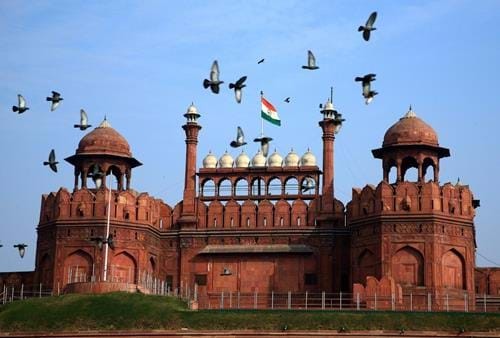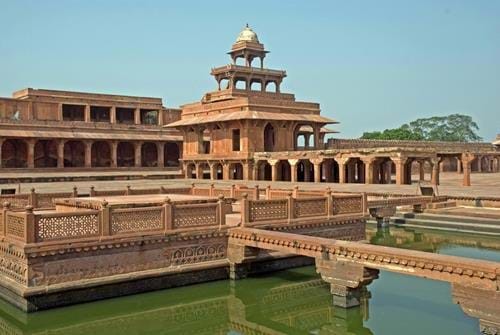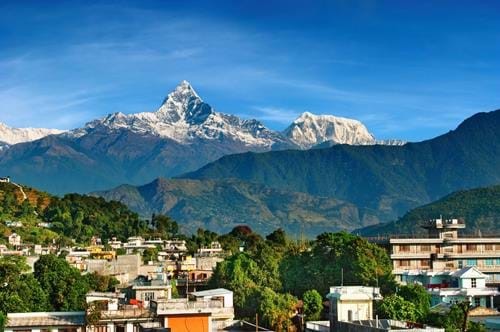Tailor-Made Tour
- Duration17 Days
- Flights IncludedYes
- Prices From £ 3955
 Places Visited :
Delhi, Jaipur, Agra, Varanasi, Kathmandu, Chitwan National Park, Pokhara
Places Visited :
Delhi, Jaipur, Agra, Varanasi, Kathmandu, Chitwan National Park, Pokhara
Exploiting a clever combination of short-haul flights and overnight trains, this tour manages to pack most of North India and Nepal’s big-hitting sights into a tour lasting a little over a fortnight. You’ll see the Taj Mahal and the Pink City of Jaipur in Rajasthan, watch sunrise over the Ganges at Varanasi, and explore the Mughal monuments and bazaars of Old Delhi.
A quick hop by plane to Kathmandu puts you into position for a round of Nepal’s principal attractions, ranging from the UNESCO World Heritage sites of the capital itself to Chitwan National Park on the southern grasslragagylinfands and spectacular views of the Himalayas from Pokhara Lake.delhi
Remember, this trip can be personalised to suit your travel needs - we can tailor everything from hotel, travel type, duration and more.






























